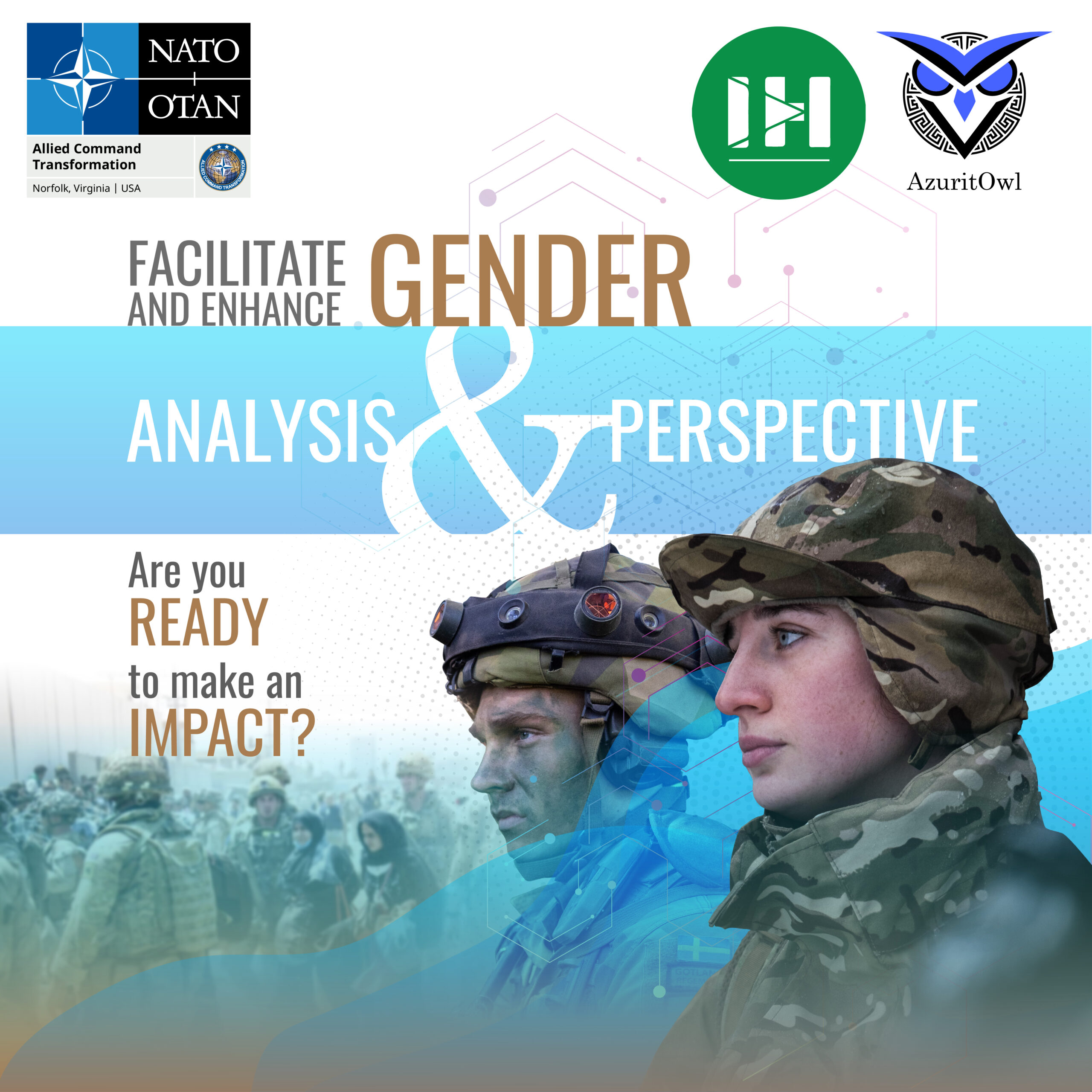
Partnership Opportunities
The Innovation Branch supports partnerships that create collaboration and support innovation throughout the Alliance. For this purpose, the NATO Innovation Network (NIN) is our central nexus, bringing together military innovation initiatives, knowledge centers and academia, and industry.
The NIN is a platform for knowledge and experience sharing, organizes regular events and offers infrastructure for collaboration to member and partner Nations, hosted by NATO on our own digital network.
Become a Partner
If you’re working in military innovation in the Alliance and are interested in becoming a part of the NATO Innovation Network,
or want to subscribe to our mailing list, let us know!
Read more about the NATO Innovation Network here
Learn More About the NATO Innovation Network

Military Innovation Initiatives
Military innovation initiatives in any NATO country or partnering nation are invited to join the growing NATO Innovation Network. These innovation initiatives will receive access to our digital infrastructure in which members share information on their projects, seek collaboration with one another and receive the latest information on NATO innovation efforts.

Knowledge Centers and Academia
For knowledge centers and academia, a connection to the NATO Innovation network means insights in our research interests and a link to actors engaged in military concept development. Additionally the NATO Innovation Hub is continuously offering internships to engage with academia and promote careers in the field of military innovation.

Industry
To generate knowledge on state of the art technology and future prospects, the NATO Innovation Network regularly reaches out to both military and civilian industries. Through our Office for Collaboration with Industry and Academia, industrial partners can connect with stakeholders in their prospective markets and showcase their added value through the different platforms and events the NIN hosts.
Projects & Prospects

Alternative Command & Control (C2)
- Client: NATO
- User Group: Joint C2
- Status: Ideation Report Delivered
Project Description
Current approaches to Command and Control do not fully enable NATO’s Military Instrument of Power to plan, prepare, orchestrate and execute synchronized activities, across all domains and environments, at scale and speed. The Alliance needs to adapt existing concepts, doctrine, and processes to enable and strengthen its multi-domain approach to C2 in order to deter and defend against any adversary across the Continuum of Competition. This will require changes to mindset and organizational culture, and taking advantage of technological opportunities.
NATO must continue to adapt to a future battlespace that is persistent, simultaneous and boundless so that it can deter and defeat adversaries across all domains and environments. The Alliance must generate the capacity to understand the projected multi-domain threats, so that we can continue to act decisively in the future across the five operational domains in an orchestrated and synchronized manner.
To achieve optimal command capability, the three dimensions of competency, authority, and responsibility should be well-balanced. Depending on the level of competency, the appropriate levels of authority and responsibility should be assigned. The preferred command capability areas form an ellipse on the authority-responsibility surface, which moves diagonally across the surface as competency increases. This balanced command envelope represents the ideal combination of competency, authority, and responsibility. Military organizations should ensure that all their members lie within this envelope throughout their careers to maximize motivation, initiative, and performance while minimizing the risks of dangerous or ineffectual command.
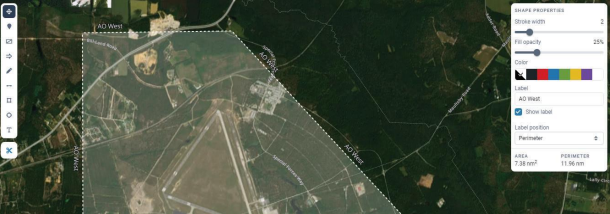
Briefing AI Tool
- Client: NATO
- User Group: NATO Planners
- Status: Evaluation Report Delivered
Project Description
In order to prevail in operations, NATO and its staff need to achieve cognitive superiority at all time. This entails always speeding up the key processes of sharing, analyzing and making sense of information, operational planning, and decision-making. Furthermore, this project assess the NATO usability and value of an IT or AI tool. The tool was assessed through a testing and evaluation campaign by leveraging not-classified military operation scenarios.
Highlights: The report provides analysis of the NATO ACT AI Tool Experiment, which aimed to specifically identify the alliance’s needs for faster information sharing, operational planning, and decision-making in digital planning tools. The experiment demonstrated the importance of an intuitive, comprehensive, and scalable planning tool that supports rapid collaborative decision-making in degraded and multi-lingual environments. A collaborative web-based planning tool, provided a one-stop-shop solution for the participants’ planning needs. The experiment group displayed a high level of interest in the consistent feature releases of the tool and how its software is iterative and quickly responds to user feedback. Overall, the report’s findings provide valuable insights into NATO’s pressing needs and highlight the necessary role of digital planning tools in addressing them.
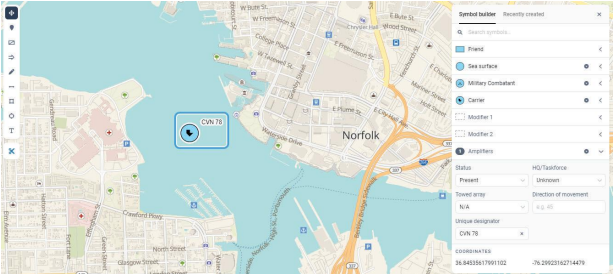
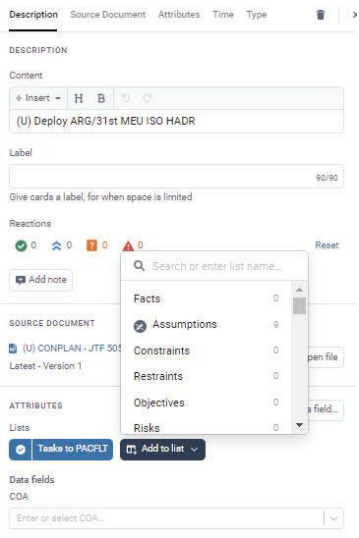

Military Decision Makers – VR
- Client: NATO
- User Group: –
- Status: Research Report Delivered
Project Description
Our project aims to explore the transformative potential of Virtual Reality (VR) technology in augmenting the cognitive capabilities of military decision-makers within NATO. In the face of an increasingly complex operational landscape inundated with vast amounts of data, traditional methods of decision-making on computer screens prove inadequate. By leveraging VR technology, we seek to empower NATO decision-makers to make faster, more informed decisions.
Through the integration of VR into NATO’s multi-domain operations, our project envisions enhanced communication and collaboration among decision-makers across all levels. VR promises to facilitate a more intuitive and less error-prone decision-making process by providing immersive environments for scenario simulations and data visualization. Moreover, VR holds the potential to bolster pre-operative mental preparedness, enabling decision-makers to navigate high-pressure situations with greater clarity and efficiency.
Highlights: By integrating VR into its multi-domain operations, NATO can optimize communication and collaboration between lower-level and higher-level decision makers, enhance pre-operative mental preparedness, and enable more intuitive and less error prone decision making. VR will create a more unified and technologically-advanced NATO. This will accelerate NATO’s forward mission to guarantee the freedom and security of its members.
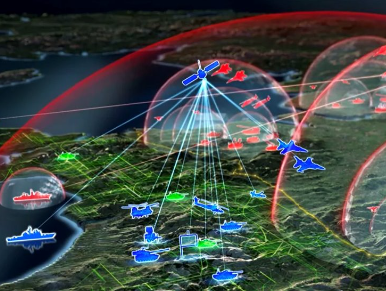
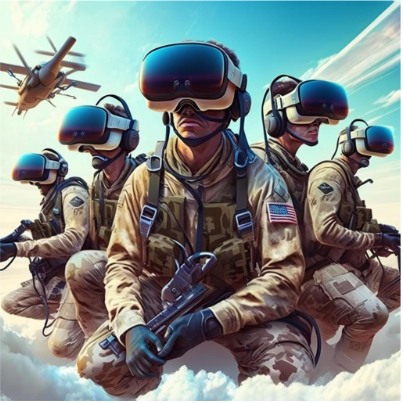

AzuritOwl
- Client: NATO
- User Group: Gender Perspective Post
- Status: Research Report Delivered
Project Description
The Allied Command Transformation’s Gender Advisor (ACT GENAD) Office and the NATO Innovation Hub, with support from the project academic partner team at Virginia Wesleyan University (VWU), are on the AzuritOwl project, which is an initiative to explore and innovate in the field of gender perspective in military operations and activities, aiming to enhance and adapt NATO’s approach and processes.
NATO’s essential and enduring aim is to safeguard the freedom and security of all its members by political and military means. NATO strive to secure a lasting peace in the Euro-Atlantic area, based on common values of individual liberty, democracy, human rights and the rule of law. The 2022 Strategic Concept remind that the NATO’s key purpose is to ensure the collective defense of its members, based on a 360-degree approach and its three core tasks: deterrence and defense, crisis prevention and management, and cooperative security. It also emphasizes, as part of its principles, that NATO will continue to advance gender equality as a reflection of its values and will integrate the Women, Peace and Security (WPS) agenda across all its tasks.
Highlights: By integrating VR into its multi-domain operations, NATO can optimize communication and collaboration between lower-level and higher-level decision makers, enhance pre-operative mental preparedness, and enable more intuitive and less error prone decision making. VR will create a more unified and technologically-advanced NATO. This will accelerate NATO’s forward mission to guarantee the freedom and security of its members.
